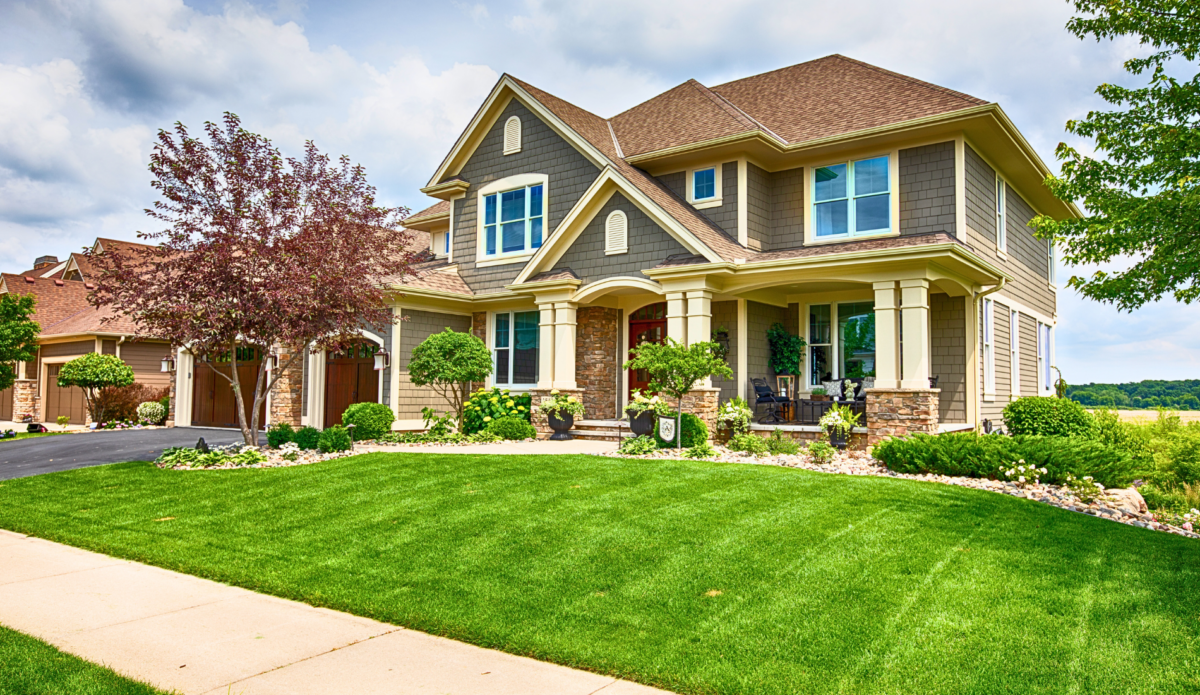Is Painting in Hot Weather a Good Idea for Your House?
Painting your house is one of the most impactful ways to maintain and enhance its appearance. A fresh coat of paint not only adds curb appeal but also protects your home from the elements. However, deciding when to paint can be tricky, especially when it comes to painting in hot weather. This guide will help you understand the challenges of painting during the summer and provide practical advice on how to achieve the best results.
The Challenge of Painting in Hot Weather
Painting your house during the summer might seem like a great idea, but the heat can pose several challenges. High temperatures can affect the painting process and the final result. To make an informed decision, it’s important to understand how heat impacts paint and what you can do to minimize any negative effects.
Effects of Heat on Paint
Temperature and the Painting Process
Heat can significantly influence the painting process. When the temperature rises, the paint can dry too quickly, leading to a less-than-perfect finish. Fast-drying paint can make it difficult to achieve a smooth, even coat, and may result in visible brush or roller marks.
Common Issues Caused by Painting in High Heat
Painting in high heat can lead to several problems, including blistering, peeling, and cracking. These issues occur because the paint dries unevenly, causing the surface to become brittle. Additionally, high temperatures can cause the paint to lose its adhesion, resulting in a shorter lifespan for your paint job.
Tips for Minimizing Heat-Related Problems
To minimize heat-related problems, consider painting during the cooler parts of the day, such as early morning or late afternoon. Use high-quality paint specifically designed for exterior use in hot climates. Keep your painting tools and surfaces cool by storing them in the shade and spraying them with water periodically.
Best Practices for Painting in Hot Weather
Ideal Times for Painting During Summer
The best time to paint your house during the summer is when temperatures are between 50°F and 85°F. Early mornings and late afternoons are ideal because the sun is not as intense, and the temperatures are cooler. Avoid painting during peak sun hours, typically between 10 AM and 4 PM.
Preparing the Surface and Tools for Hot Weather Painting
Proper preparation is crucial for a successful paint job, especially in hot weather. Clean the surface thoroughly to remove dirt, mildew, and loose paint. Sand and prime the surface as needed, ensuring it is smooth and ready for paint. Keep your painting tools in the shade, and use extension poles to avoid direct contact with hot surfaces.
Recommended Types of Paint for High Temperatures
When painting in hot weather, choose high-quality, heat-resistant paint. Acrylic latex paints are an excellent option because they are durable and flexible, making them less likely to crack or peel. Brands like Sherwin-Williams and Benjamin Moore offer paints specifically formulated for exterior use in hot climates, providing better adhesion and longer-lasting results.
Safety Considerations
Health and Safety Risks Associated with Painting in Extreme Heat
Painting in extreme heat can pose health risks, including heat exhaustion, dehydration, and heatstroke. These conditions can be dangerous and require immediate attention. It’s essential to recognize the symptoms and take preventive measures to stay safe.
Protective Measures for Both Painters and the House
To protect yourself while painting in hot weather, wear lightweight, breathable clothing, and a wide-brimmed hat. Drink plenty of water to stay hydrated and take frequent breaks in the shade. Use sunscreen to protect your skin from harmful UV rays. Additionally, protect your house by covering windows and doors with plastic sheeting to prevent paint splatters and damage.
Case Studies and Expert Opinions
Real-Life Examples of Successful Hot-Weather Painting Projects
Many homeowners have successfully painted their houses during the summer by following best practices and using the right materials. For example, a homeowner in Arizona painted their house in 110°F weather by starting early in the morning, using heat-resistant paint, and taking frequent breaks to stay cool.
Insights from Professional Painters and Home Improvement Experts
Professional painters and home improvement experts agree that painting in hot weather requires extra care and attention. They recommend using high-quality, heat-resistant paint, and following the manufacturer’s guidelines for application. Experts also emphasize the importance of proper surface preparation and choosing the right time of day to paint.
Final Thoughts
Painting your house in the heat can be challenging, but with the right knowledge and preparation, you can achieve excellent results. Remember to choose the right time of day, use high-quality paint, and take necessary safety precautions. By following these tips, you can enjoy a beautiful, long-lasting paint job that enhances your home’s curb appeal and protects it from the elements.
Why You Should Hire Cova Painting
Hiring Cova Painting for your summer project ensures that you receive professional, high-quality service tailored to the unique challenges of painting in hot weather. Our experienced team understands the effects of high temperatures on paint and employs best practices to deliver a smooth, durable finish. We use top-of-the-line, heat-resistant paints and materials, ensuring that your home not only looks beautiful but also enjoys long-lasting protection. Additionally, our commitment to safety means we take every precaution to protect both our team and your property. Trust Cova Painting to transform your home with expert precision and care, even in the summer heat. Reach out for a free consultation today.


